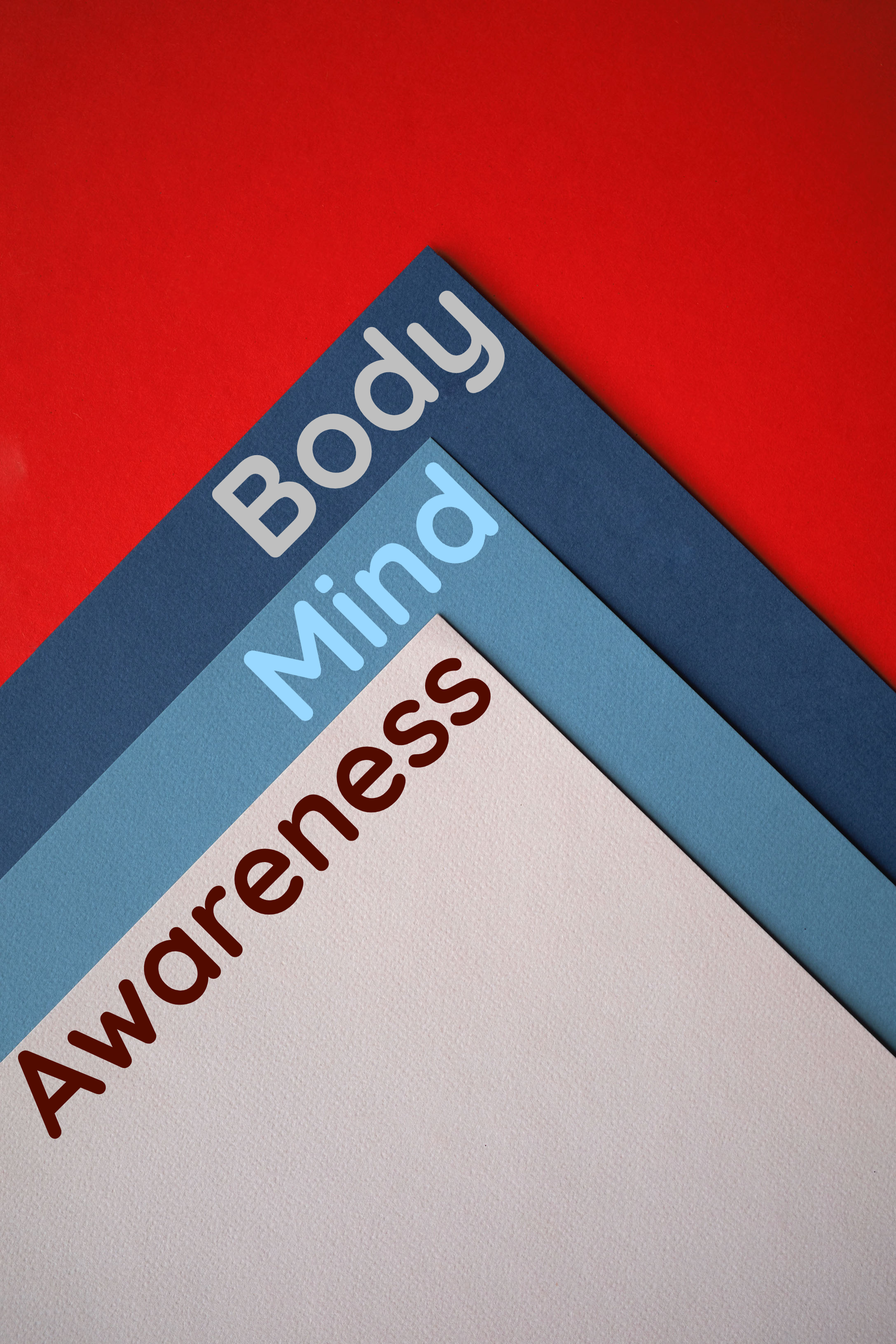What happens when there are no desires?
Between us and reality lie the world of desires. They are of our making and are the last of the mountains left to climb before we see things the way they are. The mind cannot exist unless there is a thought of a future, and desires form a bridge to future experiences. When we look toward desires, it implies we are not fulfilled in the present. Through desires, we hold onto the hope of a better future. Desires burn the present, the reality that is easy to overlook. Contentment and non-expectation are two keys to remaining in the present. The mind can continue to harbor desires, but if we are content and happy at this moment without expectation or fear of the future, desires will have no hold over us. Desires by themselves are not the problem. It is our identification with them and the expectation of an experience related to them that creates unease in the mind.
Between us and reality lie the world of desires. They are of our making and are the last of the mountains left to climb before we see things the way they are.
As newborns, we come into the world free of desires. The body has its needs, but there is immense joy and playful innocence while the mind is yet to wake up. The moment we become aware of the “I,” desires begin. They may be simple or complex, but the underlying mechanism is the same. Desires need a point of reference. They are always in relation to the individualized self or the ego. Even if we desire that only good things should happen to us or others, it comes from the reference point of the ego. The “I” who wishes become the ‘subject’ and the fulfillment of a desire become the ‘object.’
The moment we become aware of the “I,” desires begin.
All desires require this subject-object differentiation. This creates space and separation between the present, the now and the future. The subjective “I” remains the same, and it is always in the present. It never changes. Change happens in the objects of our desires, or in our relationship with those objects as time moves forward. Awareness is somewhere between the changeless “I” and the changing projections into the future. At any given point in time, we harbor numerous desires which we project into various time-points in the future.
It is extremely rare for anyone to have only a few desires. Even if we say that there are only a handful of significant life desires, there are many smaller ones we encounter and fulfill each day. For example, a desire to eat when hungry, a desire for comfort in our everyday life, etc. are common to most people. They also count as desires. Hidden within most of our significant and long-term desires are many smaller ones. A mountain from faraway may appear like one single piece of rock, but in reality, it is made up of countless smaller rocks and stones.
Hidden within most of our significant and long-term desires are many smaller ones.
Each day we cycle through three states of consciousness — waking, dreaming, and deep sleep states. Desires exist in waking consciousness. When desires populate our waking moments, there is less enjoyment of the present. In our dreams, we don’t carry the same desires. There is more enjoyment of experiences in the dream state in comparison to the waking state.
Dreams function as ‘safety valves.’ When the mind is overrun during the waking state, its contents may again surface as our dreams. Some desires are and can only be realized in our dreams. Dreams generally do not tell us something new. They are an outlet for enjoying old and suppressed desires. In the state of deep sleep, there are no desires or any experiences. It is an ego-free state.
In the state of deep sleep, there are no desires or any experiences. It is an ego-free state.
Desires cannot be abstract; the object of any desire must have a form. Such forms become easy to relate to, and they become the goal. When we link our awareness to a form, the mind begins to move towards that goal. Even though the desire for happiness is abstract and happiness by itself is formless, we link it to finite forms which we desire.
Whenever a desire is active in the mind, there is a movement of the mind’s energy. When a desire is fulfilled, there is a temporary cessation of movement of the mind’s energy — a brief ‘no-mind’ state. The duration of this ‘no-mind’ state varies depending on the object of desire, the length of time taken to bring a desire to fruition, and more importantly, the value we assign to a desire.
When a desire is fulfilled, there is a temporary cessation of movement of the mind’s energy — a brief ‘no-mind’ state.
We assign immense value to some desires. For the worldly-minded, it may be attaining unimaginable wealth. For the religious-minded, it may be reaching heaven, and for the spiritual-minded, it may be attaining salvation or immortality. We assign a value to a desire based on the ease of attainting it and whether it is common or uncommon. But a desire is still a seeking of the mind, from the subjective “I,” however insignificant or grandiose may be the object of desire.
There is a well of happiness, like an underground spring, within all of us. Just as water from an underground reservoir need an opening in the ground to come up to the surface, the ‘no-mind’ state offers an opportunity in our waking consciousness for happiness that is within us to manifest.
Rather than understanding this as a reason for the happiness that comes about when desires are fulfilled, we wrongly attribute happiness to the object of desire which comes into our possession as a mental experience. Through this association, inert objects and mental projections gain power over us.
Any taste of happiness is irresistible. Desiring happiness makes it an object, and remaining in a permanent state of joy becomes a goal. Under the broad category of the desire for pleasure, come all other desires. The desire for happiness is the mountain we aim to conquer.
Under the broad category of the desire for pleasure, come all other desires. The desire for happiness is the mountain we aim to conquer.
No one desire can be called the goal of life. A universal goal that satisfies everyone is impossible. Each one, depending on circumstances, upbringing, level of awareness, contentment, satisfaction, ambition, etc., has different goals. Moreover, adding the variable of time, the goalpost keeps moving.
No one desire can be called the goal of life.
Whether desires are considered good or bad in our eyes or that of society, keeping them in the mind requires a certain degree of concentration. Desires can help control and calibrate the mind and keep it one-pointed. As long as the one who desires focuses on the goal or fruition of desires, it becomes a journey.
Desires are like patterns on the clothes we wear. The clothes and the patterns change when we wear fresh clothes, but the skin underneath remains the same. As long as clothes cover skin, the skin beneath is not visible. The “I” that does not change is like the skin. It is the “I” which wears all our desires and changes them just as we change clothes every day.
Desires do not disappear by simply wishing them away or suppressing them. First, the idea of harboring a desire must go, then the concept of no desire should also go. Finally, the “I” that remains, which holds the ideas of both desire and non-desire should also leave. Only then is there the real desire-free state.
Desires do not disappear by simply wishing them away or suppressing them.
The subjective “I” that desires and the object of desires may both be observed. Through awareness, we become a witness to both as long as there is no identification with either. If we identify with the “I,” we cannot escape desire, and if we identify with the thought of a desire or even the thought of a desire-free state, we cannot escape the “I.” Through the very act of witnessing without identification, mental images, forms, and projections related to our desires are burnt away. Such witnessing may be considered as the proverbial third eye.
Through the very act of witnessing without identification, mental images, forms, and projections related to our desires are burnt away. Such witnessing may be considered as the proverbial third eye.
From the perspective of pure witnessing, the subject “I” and the object “desire” are the same. Differentiation comes about through identification with one or both. A desire-free state is synonymous with a no-mind state, an ego-free state, the present, pure awareness. In such a state, happiness that previously played hide and seek becomes accessible as a vast open field without an end.






